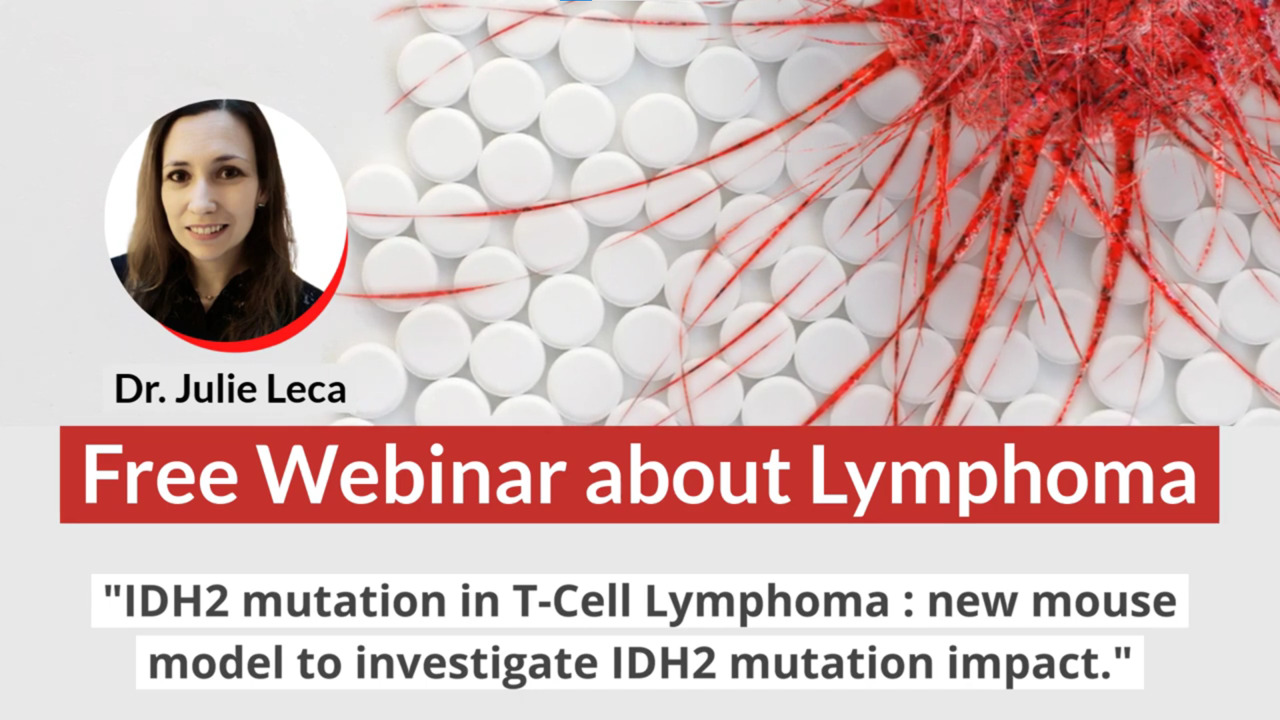The new PRIMA-PI index
A New Simplified and Easy-to-compute Prognostic Scoring System for Routine Practice in Follicular Lymphoma
Clinicians-researchers from CALYM, members of LYSA offer a new prognostic score based solely on two parameters for patients with follicular lymphoma (FL) treated with immuno-chemotherapy.
In this study, researchers proposed to rely on bone marrow involvement and measurement of beta2 microglobulin* (ß2m) in the blood to classify these patients into three categories: high risk: ß2m> 3mg / L, intermediate risk: ß2m ≤ 3 mg / L with bone marrow involvement and low risk: ß2m ≤ 3 mg / without bone marrow involvement.
They compared, in the cohort of patients from the PRIMA** clinical trial, the scores obtained with this new PRIMA-PI index with those of FLIPI, FLIPI2 and a simplified scoring system recently developed by Press et al.*** based on LDH (lactate dehydrogenase levels) and ß2m levels. FLIPI (Follicular Lymphoma International Prognostic Index), based on the assessment of 5 bio-clinical parameters is the most widely used index since 2004 and the most robust. Nevertheless, the computation of lymph node area is often cumbersome and error-prone. A new FLIPI2 index was developed in 2009 to circumvent this fastidious computation by assessing tumor bulk through the use of longest diameter of the largest involved node, but this index did not supplant FLIPI because of its inconsistent superiority in validation cohorts.
CALYM researchers showed that PRIMA-PI was as discriminating as FLIPI and FLIPI2 in the PRIMA cohort and more performant than LDH + ß2m. In addition, they validated PRIMA-PI in another cohort of patients by comparing it to FLIPI and LDH + ß2m. Following the publication of these results, PRIMA PI was validated by another research team****, in a large cohort of real world treated patients against FLIPI and FLIPI2.
PRIMA-PI which has the advantage of being easy to use in routine practice is a very good candidate to establish the prognosis of patients with LF treated with immunochemotherapy. Its combination with other molecular prognostic markers should make it possible to predict the evolution of the disease even more precisely and guide the therapeutic decision for an even better adapted treatment.
Reference: E. Bachy et al. Blood 2018: « A simplified scoring system in de novo follicular lymphoma treated initially with immunochemotherapy ».
* The beta-2 microglobulin (B2M) is a surface protein of most cells, secreted in the blood mainly by B lymphocyte and tumor cells. It is frequently elevated in cancers such as multiple myeloma, leukemias, lymphomas as well as in autoimmune diseases and some infections (CMV, HIV…).
** The PRIMA study (NCT140582) showed a significant improvement in progression-free survival in patients with advanced follicular lymphoma who received 2 years of rituximab maintenance therapy after immuno-chemotherapy as a first-line treatment.
*** Press OW et al. “A comparative analysis of prognostic factor models for follicular lymphoma based on a phase III trial of CHOP-rituximab versus CHOP +131iodine—tositumomab.” Clin Cancer Res. 2013 ;19(23):6624-6632.
**** Marek Trneny et al. “Patients with high risk features according to PRIMA PI have significantly higher risk to die even if they are late progressors”, 2018 congress of the European Hematology Association.



